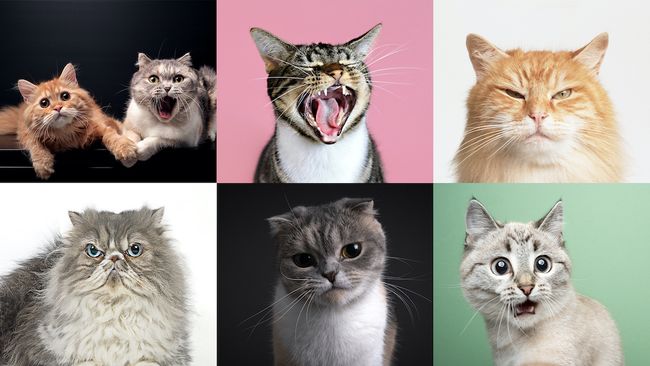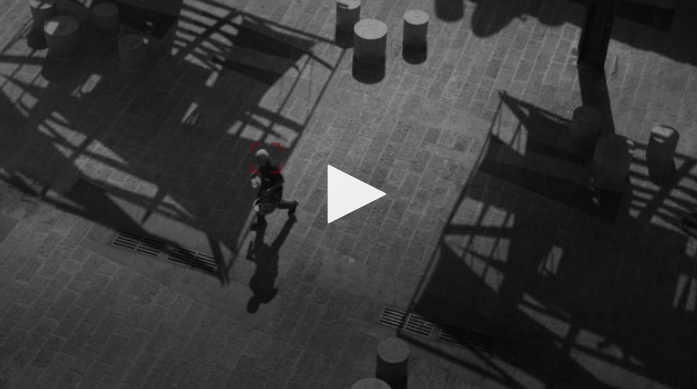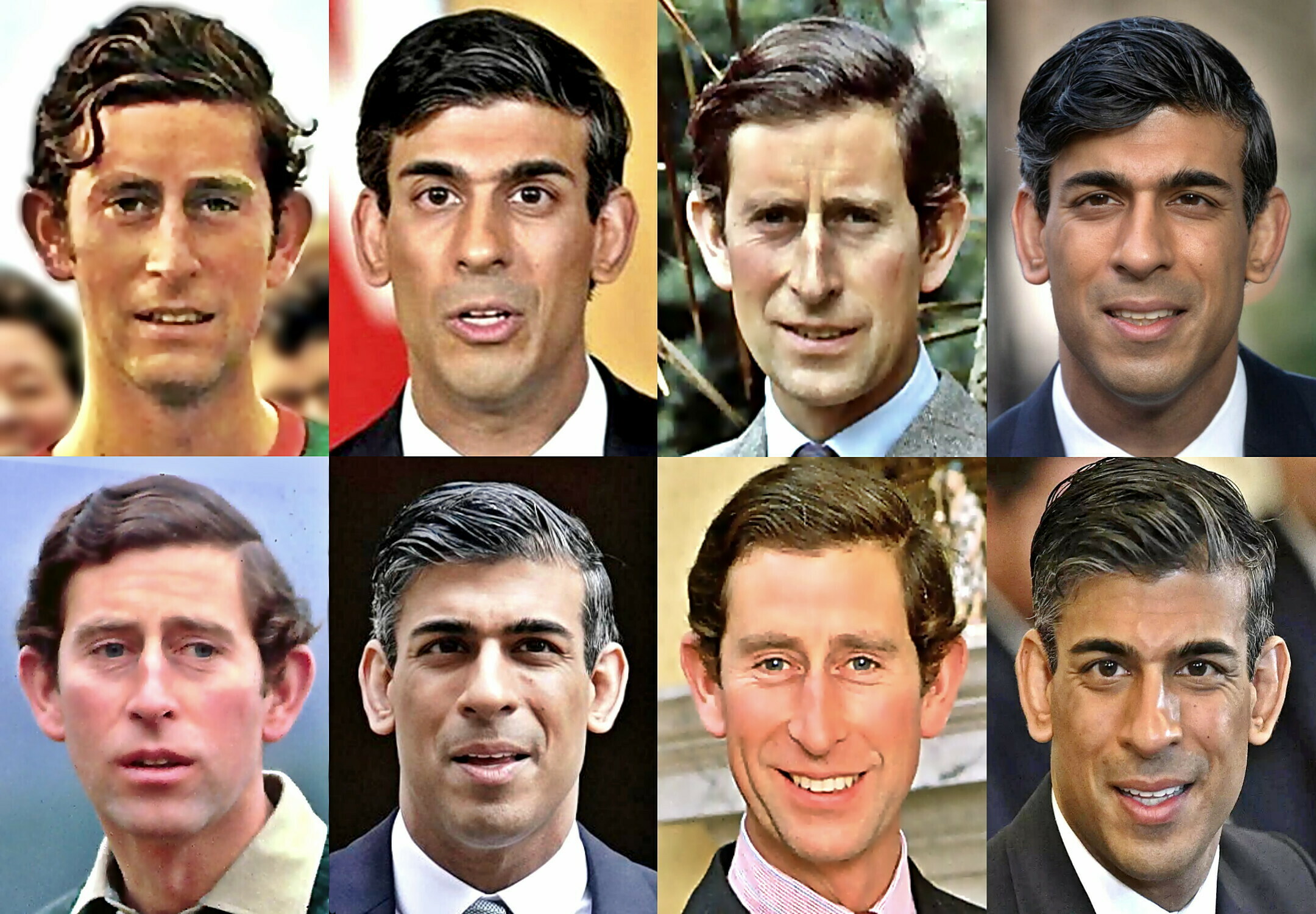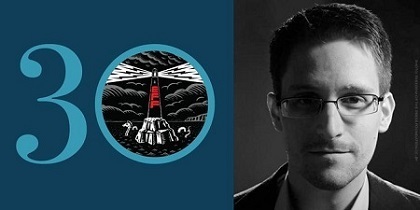
Researchers recorded hundreds of #facial #expressions in #cats, finding they're not quite as aloof as previously thought.
Over the course of a year, researchers recorded a total of 276 distinct facial expressions used among a colony of 50 cats living at a #cat cafe in Los Angeles. The felines' faces ranged from playful to aggressive and everything in between, according to the study, published Oct. 18 in the journal Behavioural Processes.
This is one of the first studies to do a deep dive into the ways felines communicate beyond the obvious purring and meowing. Facial expressions in dogs, chimpanzees and humans have been well studied, revealing that humans have 44 facial expressions, canines have 27 and chimps have a whopping 357.
But there was a paucity of research on cat expressiveness.
"The literature is so sparse, and many studies only focus on the connection between cats and humans over the course of 10,000 years of domestication," study co-author Brittany Florkiewicz, an assistant professor of psychology at Lyon College in Arkansas. "At the cat cafe, we were able to document spontaneous interactions between the cats and record their facial expressions."
Each individual expression combined roughly four of 26 unique facial movements, including parted lips, dilated or constricted pupils, blinking, curled corners of the mouth, nose licks and different ear positions, according to the study.
"It was surprising to see them play-fighting, and then things escalated into an aggressive encounter," Florkiewicz said. "You can see a change in their facial expressions. At first one cat's eyes were more relaxed and its ears and whiskers were pushed forward, a movement to get closer to the other cat. But then things got ugly, and it moved its ears and whiskers backward — its demeanor changed pretty quickly."
After reviewing their recordings, the researchers concluded that more of the felines' expressions were friendly (45%) than aggressive (37%). Another 18% were ambiguous or fell into both categories.
Researchers also found that many of the faces, including what they called "a common play face" — expressed with the corners of the mouth drawn back and the jaw dropped to form a laugh — was similar across a number of species, including people, dogs and monkeys.











